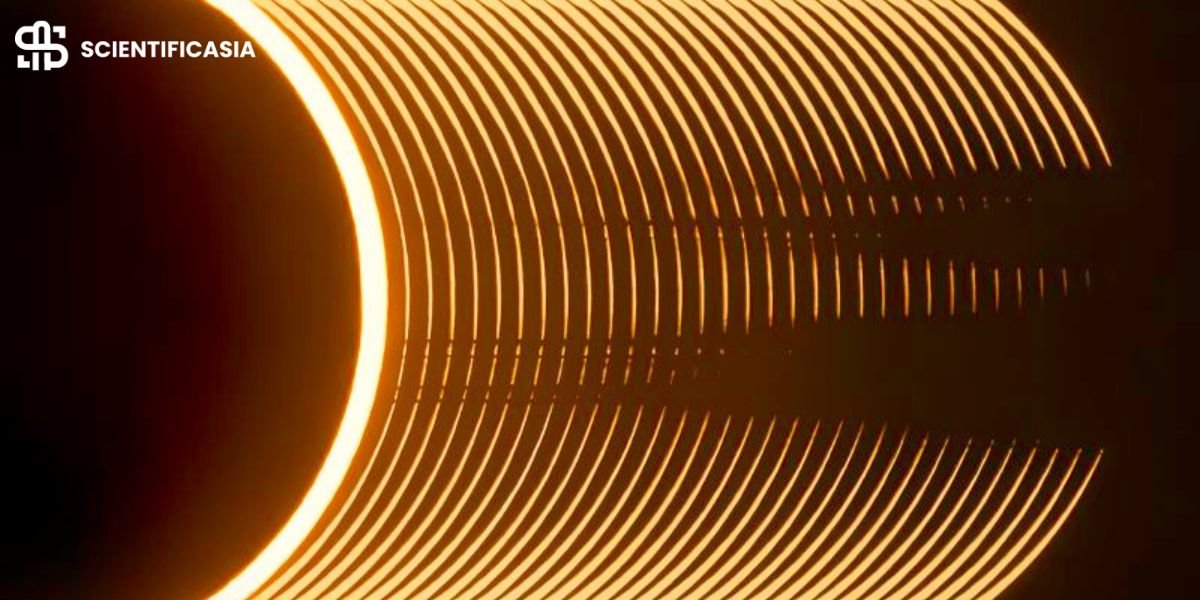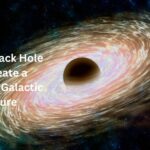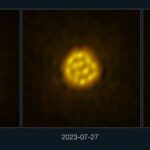The Royal Observatory Greenwich has chosen Ryan Imperio as their Astronomy Photographer of the Year for 2023. The image he took shows the evolution of Baily’s beads during the annular eclipse.
Baily’s beads are created when sunlight enters the Moon’s craters and valleys; they are only momentarily visible at the start or finish of an eclipse.
One of the judges, meteorologist Kerry-Ann Lecky Hepburn, described the winning photo as an “impressive dissection of the fleeting few seconds” when Baily’s beads are visible.
“This image left me captivated and amazed,” she continued.
As the competition’s overall winner, Mr. Imperio took home £10,000, saying he “never expected to be selected” and was “both thrilled and honored” to receive the award.
More than 3,500 entries from 58 nations were received for the competition in 2024.
Mr. Imperio’s work was also chosen as one of the winners for the competition’s Our Sun category.
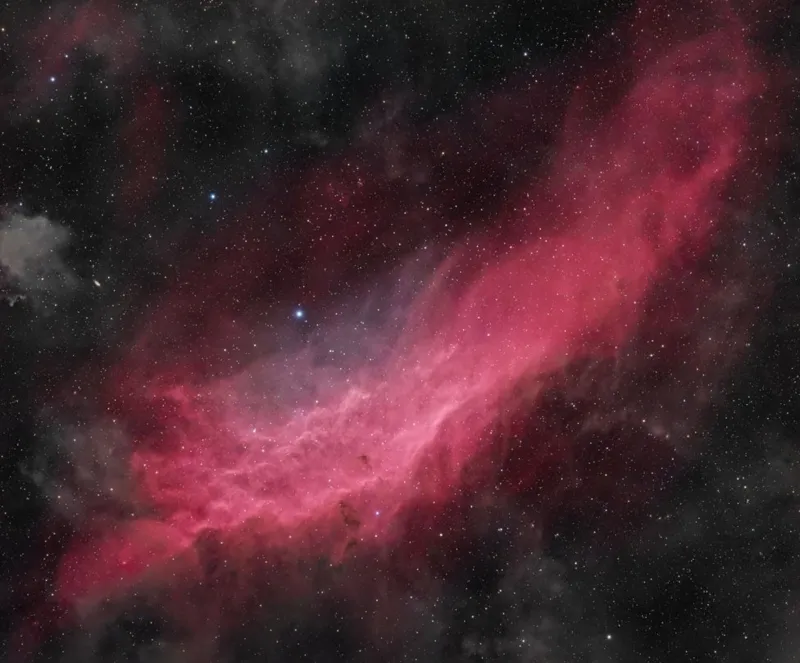
The winner of the Young Astronomy Photographer of the Year award captured a stunning image of the California Nebula.
Daniel Borsari took up the Young Astronomy Photographer of the Year prize for his shot “NGC NGC 1499, A Dusty California.”
The California Nebula, sometimes referred to as NGC 1499, is an emission nebula located in the Perseus constellation. The nebula was photographed in numerous exposures and composited into the final image.
It is located approximately 1,000 light years away from Earth and is observable because the massive blue massive star Persei has ionized gasses around it.
Artist and competition judge Neal White commented that Mr. Borsari’s work demonstrated “the future of astronomy information about photography being fearlessly, and openly, taken forward by a new generation.”
View further winning Images here:
NGC 5128 can only be seen from the southern hemisphere, so the photographers travelled to Namibia
In the Galaxies category, Hungary’s Bence Tóth and Péter Feltót became victorious. Their image displays the relativistic jet of the galaxy NGC 5128, which consists of radiation beams and particles traveling at nearly the speed of light.
The photographers went to Namibia to get the picture because the galaxy can only be seen from the southern hemisphere.
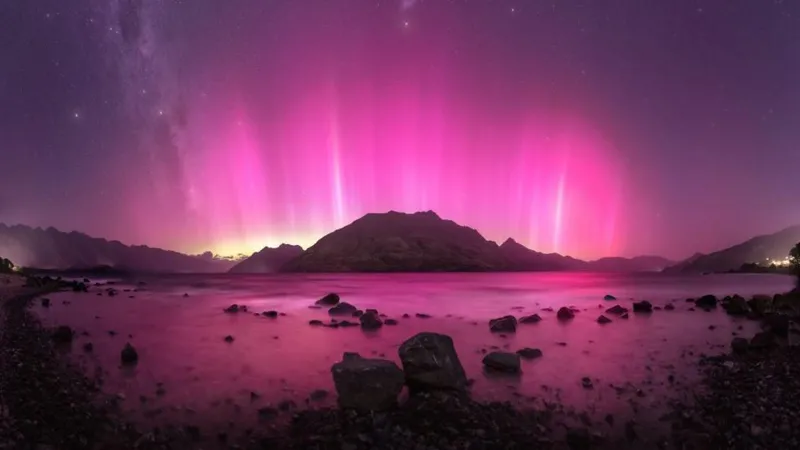
The aurora australis illuminated the skies over Queenstown, New Zealand.
With a photo of the aurora australis over Queenstown, New Zealand, Larryn Rae won the Aurorae category.
The photo, which is a panorama made up of 19 images, depicts the pink solar radiation beams that illuminated the sky in February 2023.
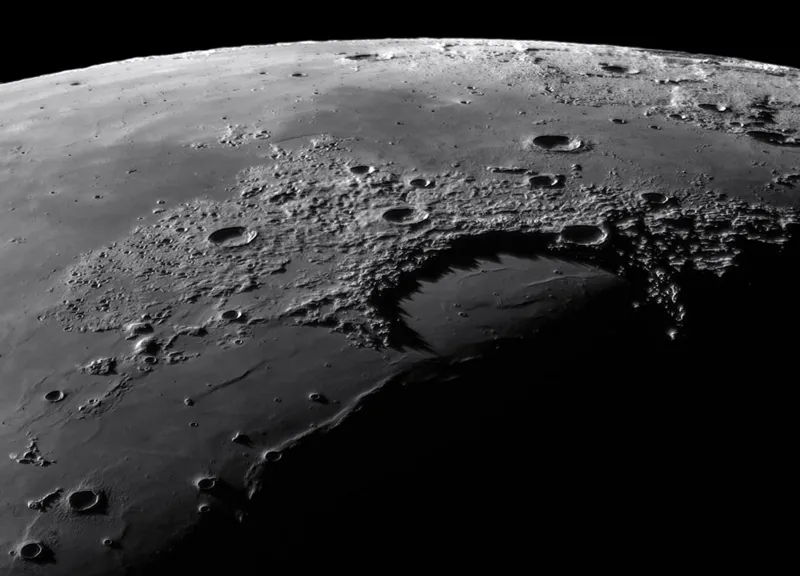
Gábor Balázs photographed Sinus Iridum on the Moon, also known as the Bay of Rainbows
Hungary’s Gábor Balázs’ “Shadow Peaks of Sinus Iridum” won first place in the Our Moon category.
The enormous crater, Sinus Iridum, also referred to as the Bay of Rainbows, is visible in the picture at 260 kilometers across. With a portion of its wall practically obliterated, the crater now resembles a bay.
To capture the area, the photographer utilized a monochrome camera with a filter.
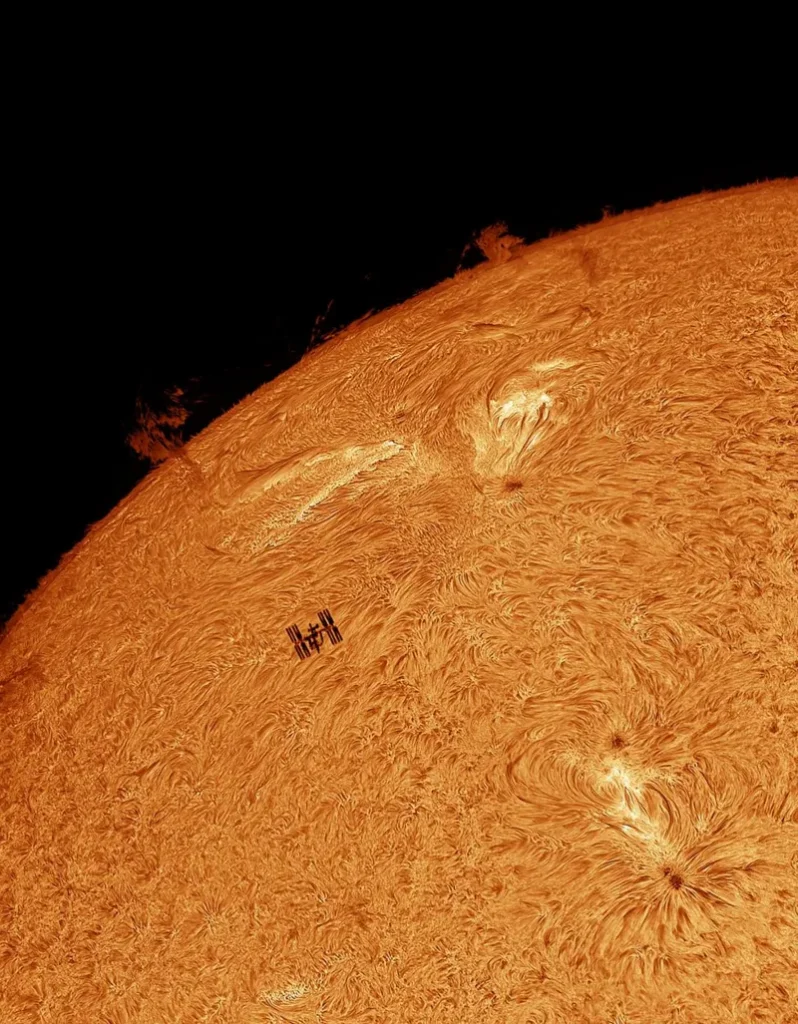
This photo captures the rare moment when the International Space Station crosses in front of the Sun
Additionally, Mr. Williams was chosen as the category winner for planets, comets, and asteroids. Using infrared and ultraviolet filters that highlight the cloud structure in Venus’s upper atmosphere, his collage depicts the planet’s phases.
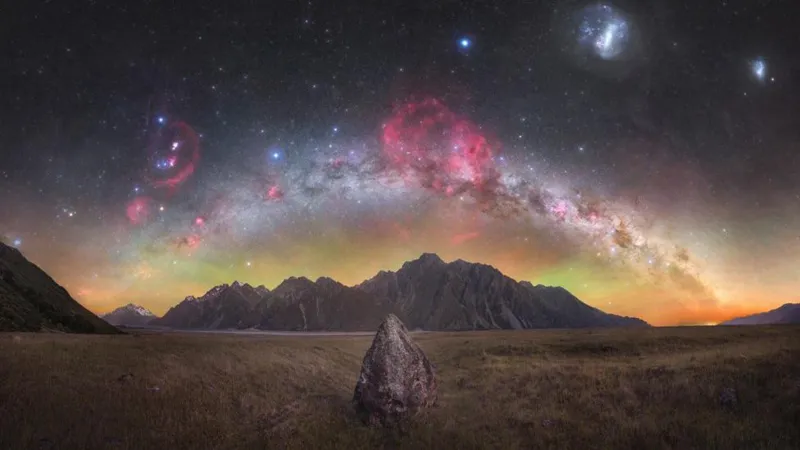
The Milky Way and Gum Nebula illuminate the sky above Tasman Valley in New Zealand.
Discover More News:
Astronomers Observe a Massive Star Releasing Cosmic Bubbles
NASA astronaut Don Pettit embarks on his fourth mission to the International Space Station
Historical Finding: NASA Discovers the Closest Supermassive Black Hole Pair As Twin Titans Collide

